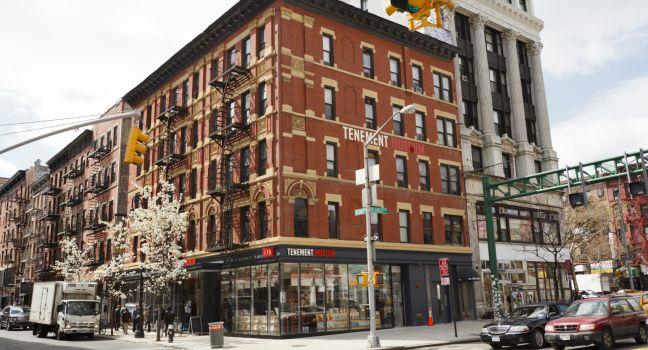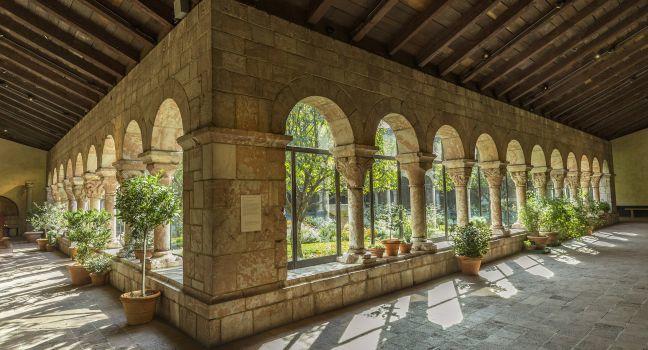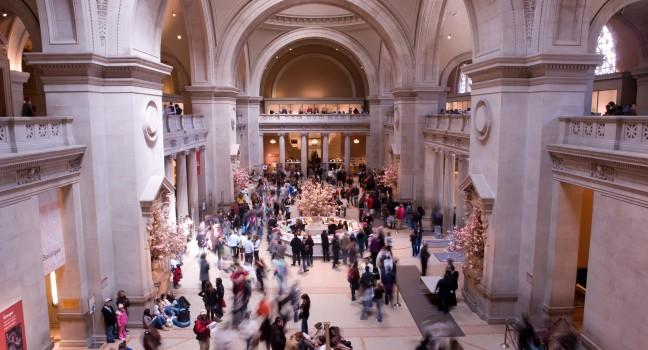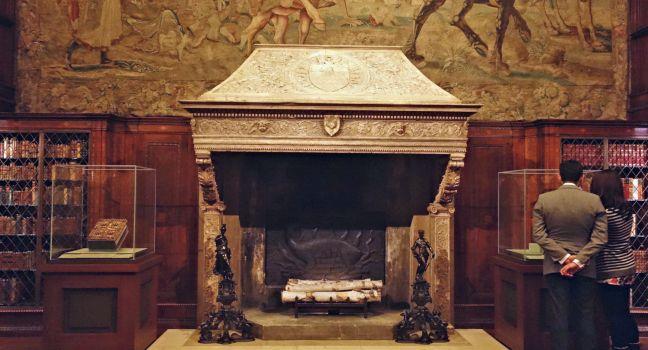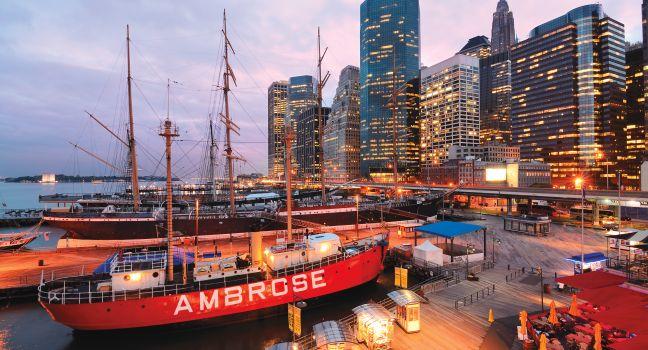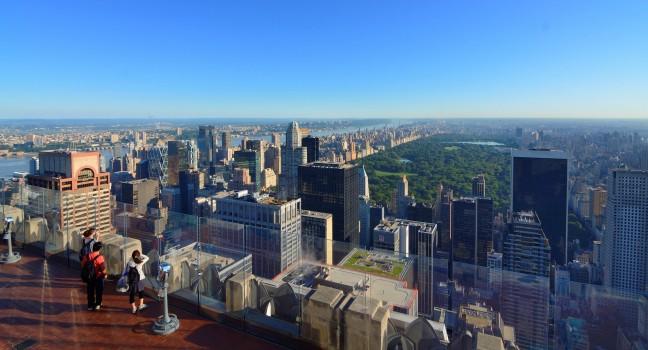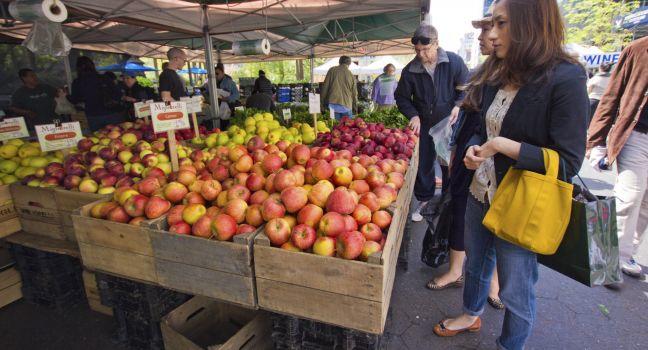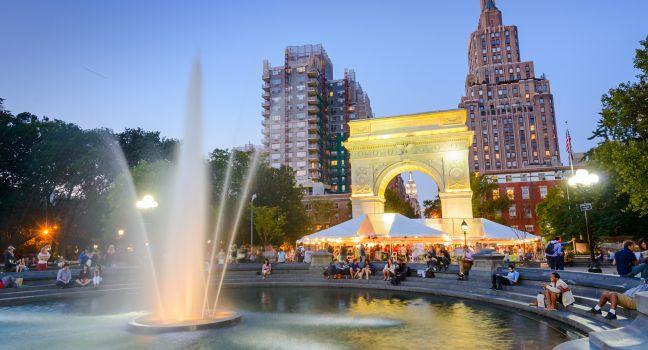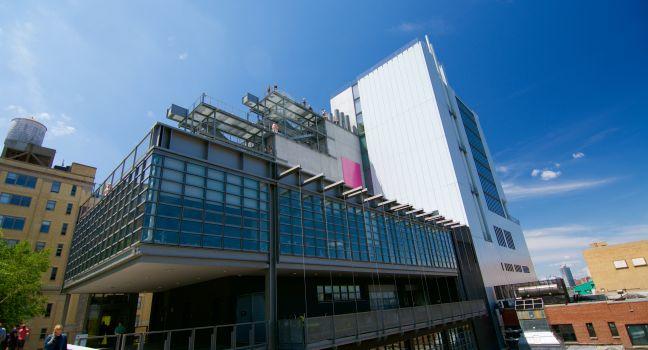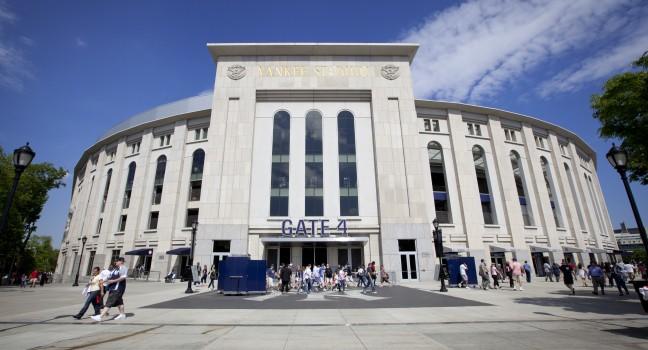Statue of Liberty
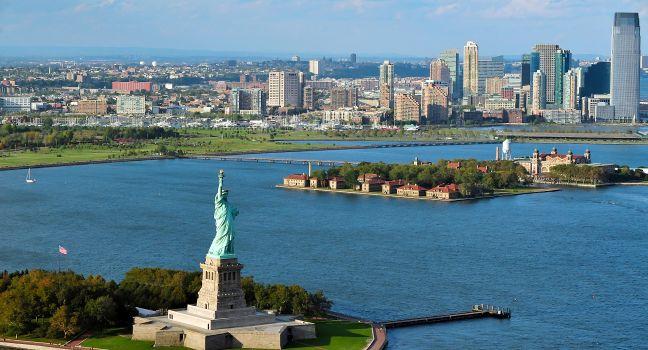
For millions of immigrants, the first glimpse of America was the Statue of Liberty, and today it remains a powerful symbol of American ideals. Liberty Enlightening the World, as the statue is officially named, was presented to the United States in 1886 as a gift from France. The 152-foot-tall figure was sculpted by Frédéric-Auguste Bartholdi and erected around an iron skeleton engineered by Gustave Eiffel. It stands atop an 89-foot pedestal designed by Richard Morris Hunt, with Emma Lazarus's sonnet "The New Colossus" ("Give me your tired, your poor, your huddled masses . . .") inscribed on a bronze plaque at the base.
There is no admission fee for either the Statue of Liberty or Ellis Island, but an adult ferry ride (which goes round-trip from Battery Park to Liberty Island to Ellis Island) costs $24.50 (includes entrance to the statue's pedestal and museum). Access to the statue's crown, via a famously narrow, twisting staircase, remains on hiatus since 2020, but is expected to resume in late 2023. Ferries leave from Battery Park (and from Liberty State Park in New Jersey) every 25–30 minutes depending on the time of year (buy your tickets online at www.statuecruises.com). There are often long lines, so arrive early, especially if you have a timed-entry ticket (strongly recommended; tickets sell out, especially to see the crown). There is a pleasant indoor-outdoor café on Liberty Island. In 2019, a new 26,000-square-foot museum opened on the island to showcase the statue's history and legacy, with artifacts including the statue's original torch, across three interactive galleries.
